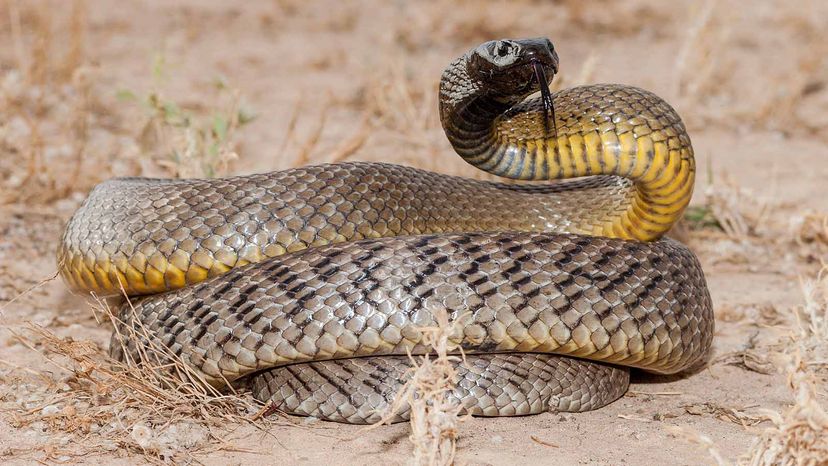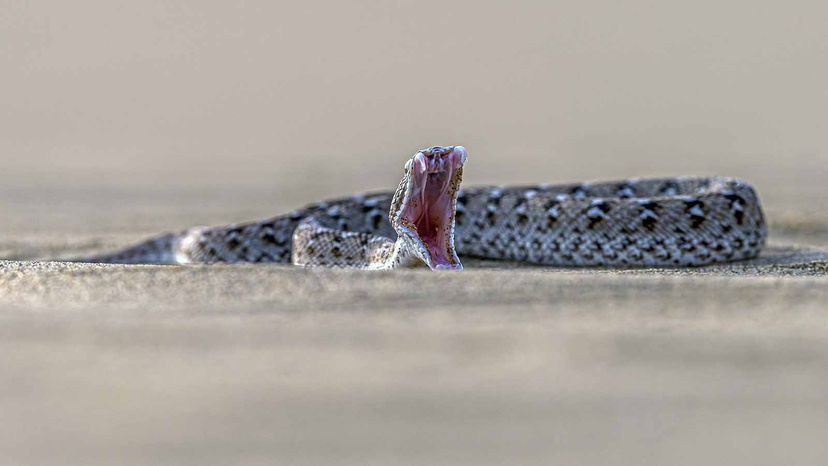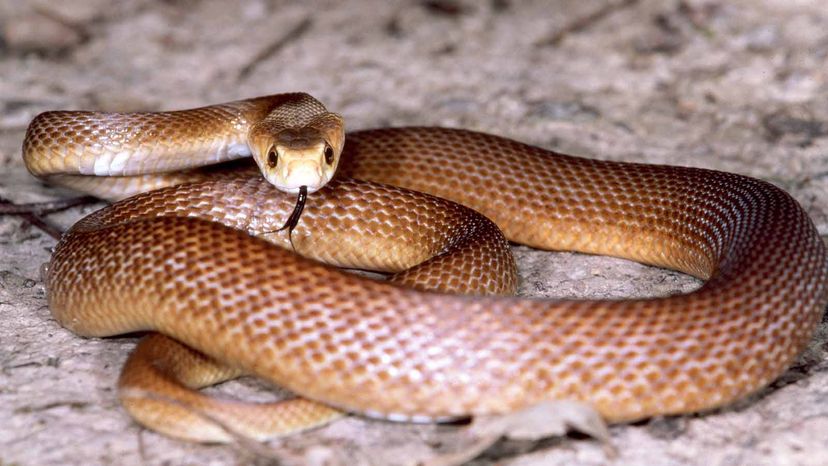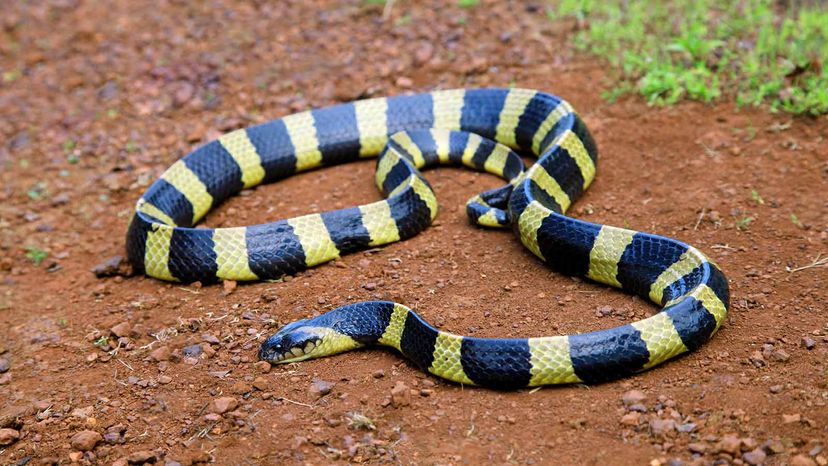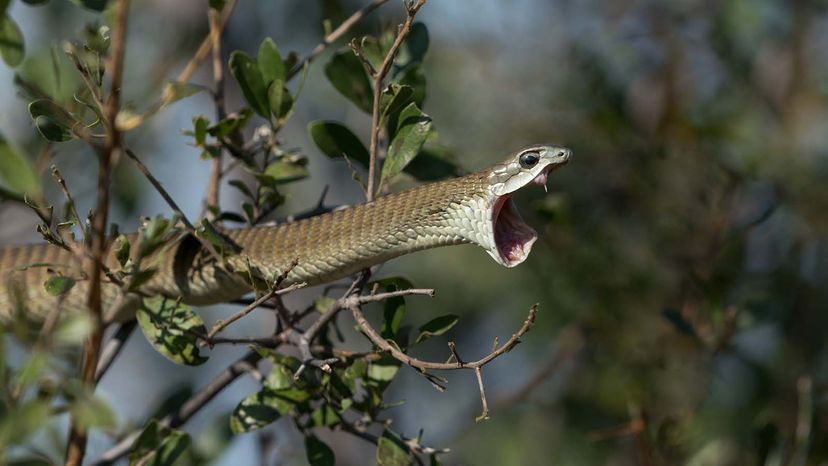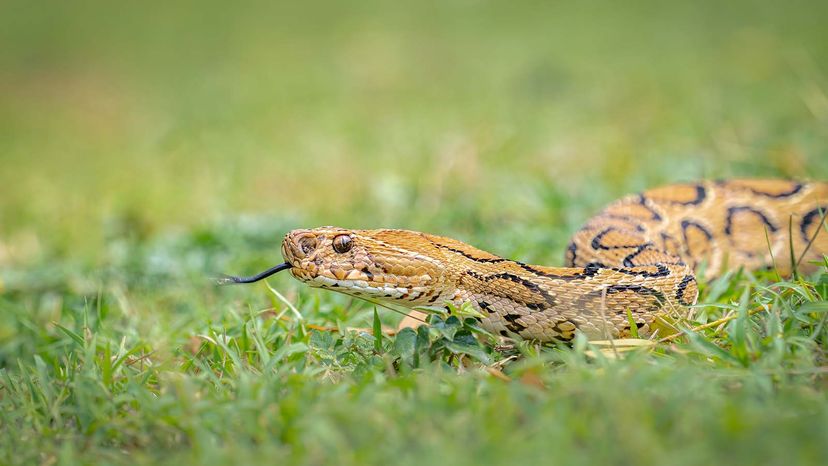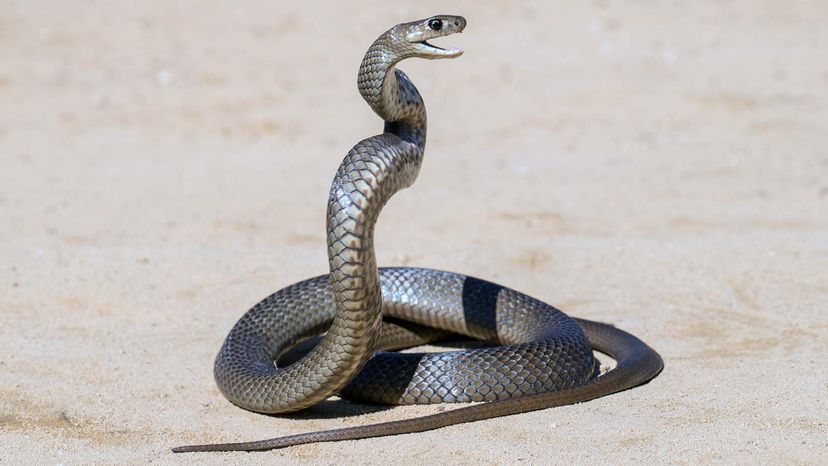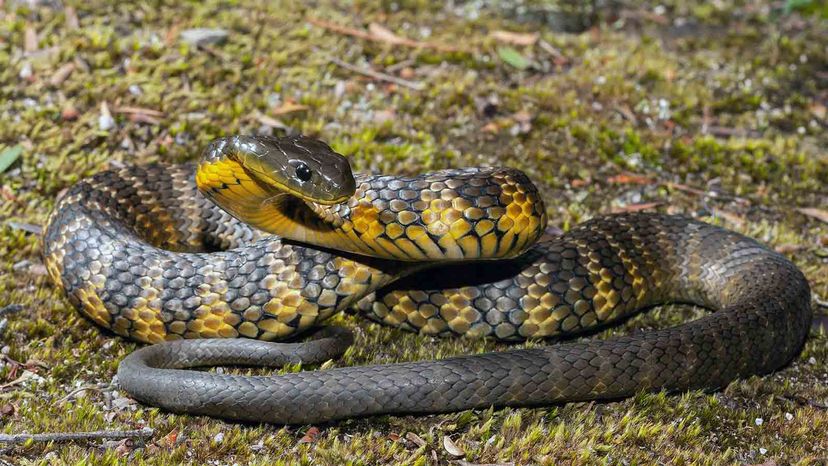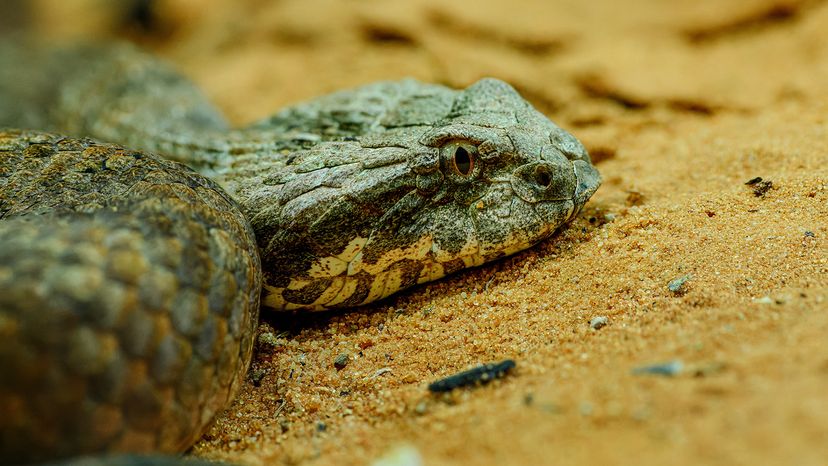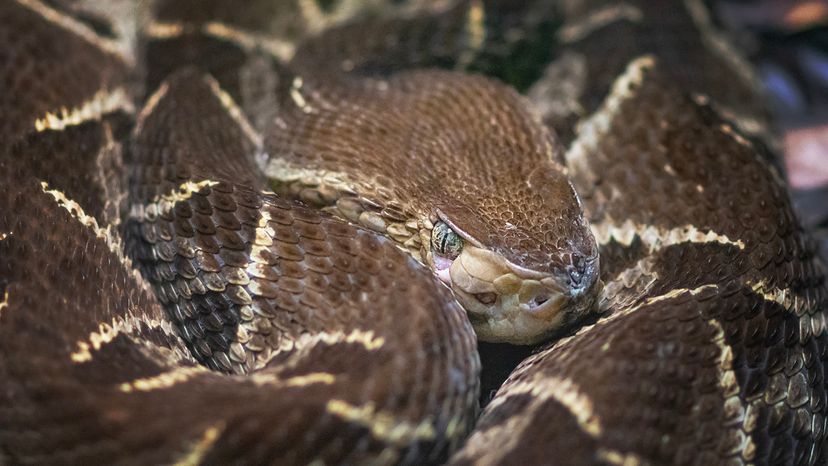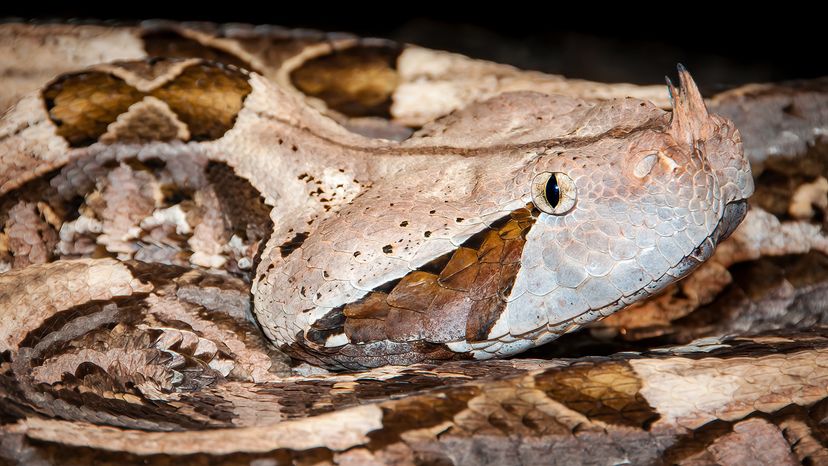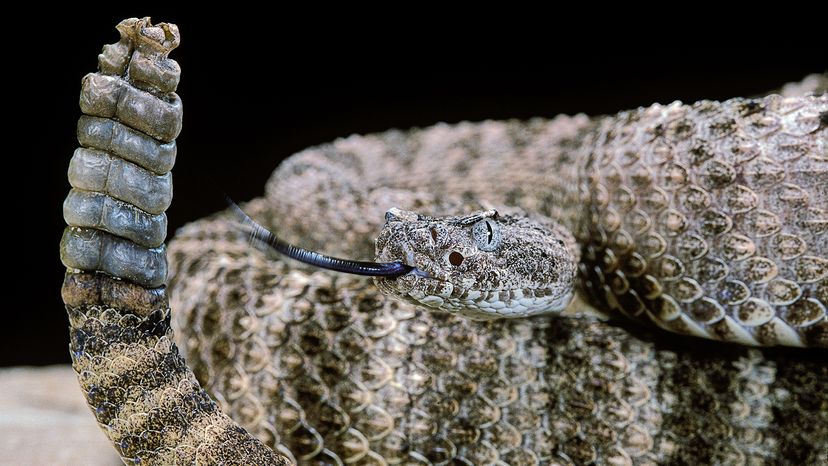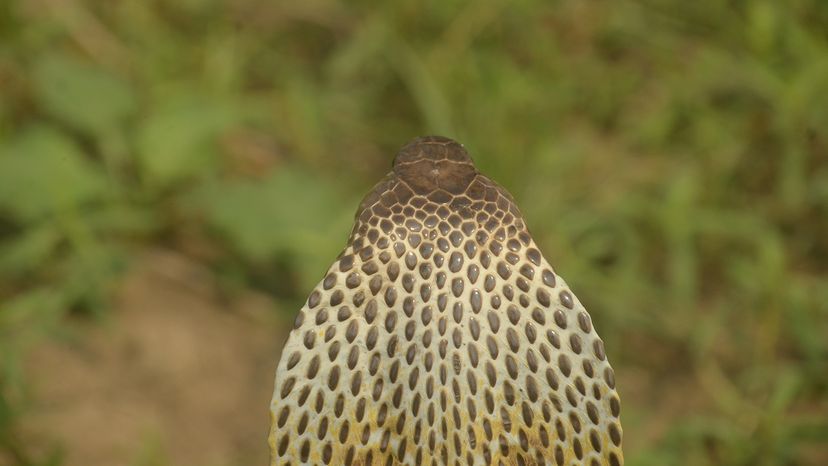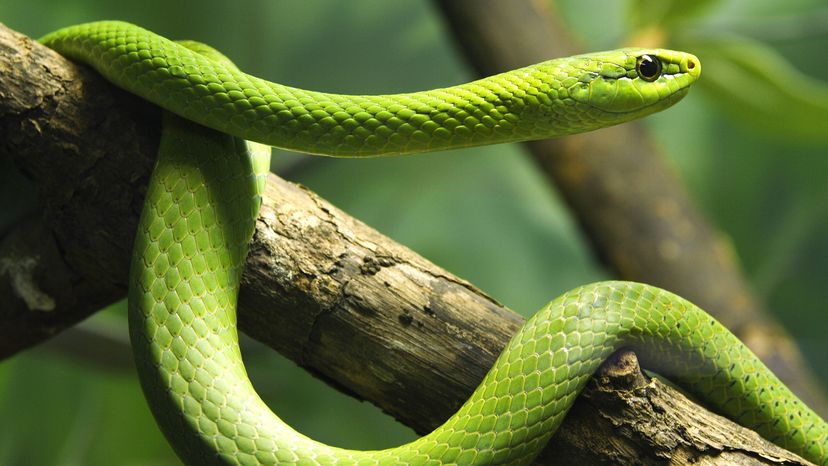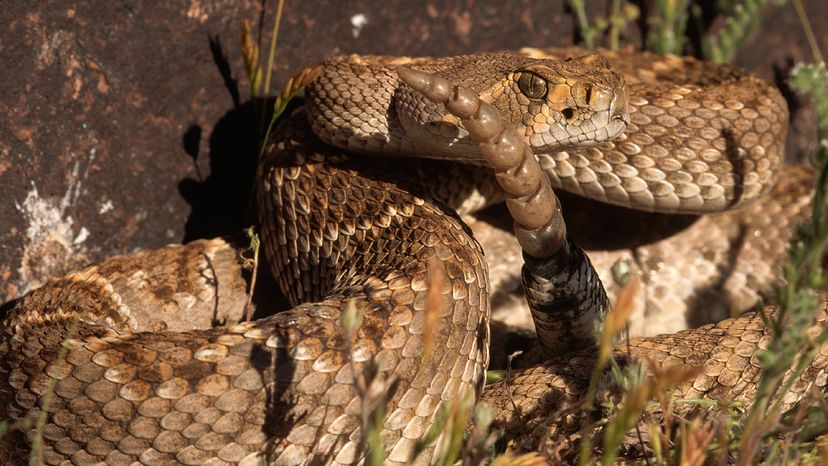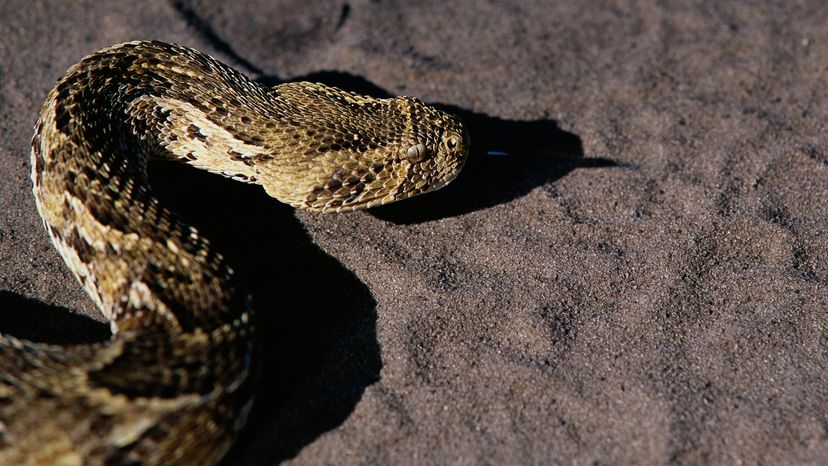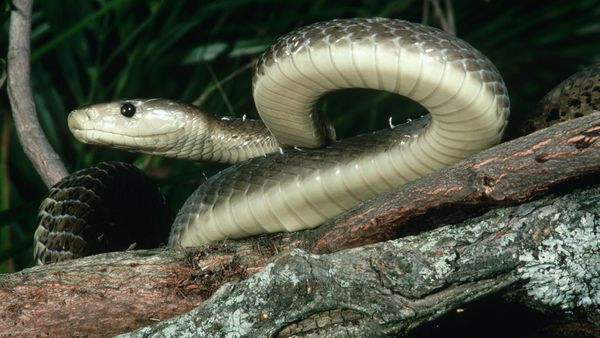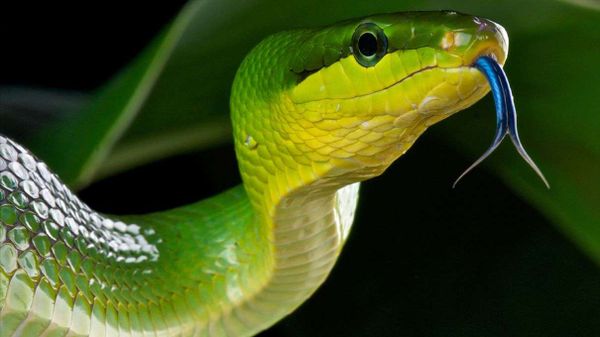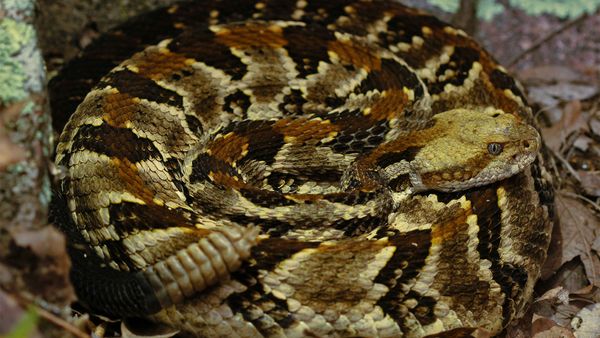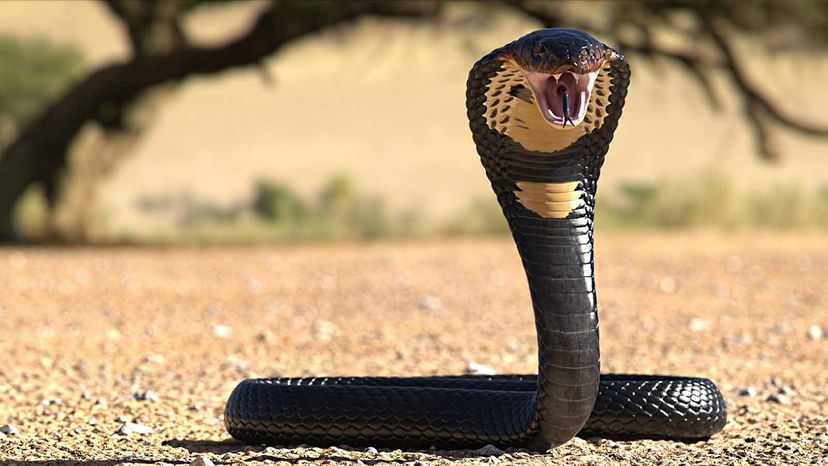
There are more than 3,000 species of snakes on the planet. If you're trying to avoid the most venomous snake, you'll be pretty safe in the colder climates of Antarctica, Iceland, Ireland and Greenland (and, somewhat surprisingly, New Zealand).
Only about 15 percent (450) of snakes in the world are venomous snakes, and only about a third of those (150) can kill or seriously injure a human with a single bite.
Advertisement
While our list happens to comprise venomous snakes, let's keep in mind "deadly" doesn't have to mean they use potent venom to kill. Several nonvenomous snakes are deadly, too, including the garter snake and the python, which kill by swallowing their prey alive or constricting them to death.
There are also nonlethal snake venoms, as well as venomous snakes that aren't quite as deadly as the ones on this list (the eastern diamondback rattlesnake, for example). So, consider this list of 20 snake species to be a modest introduction to the topic, not a comprehensive compendium.
Advertisement
